NFTs – or non-fungible tokens – have been making headlines for the past year. With all that publicity, you may have already heard of NFTs or non-fungible tokens and how they are radically changing the digital art space. Digital artists are now collaborating with big houses like Christie’s or Sotheby’s. Newly-spun NFT marketplaces are aggressively competing for a piece of the global art pie. Moreover, Moralis makes it easier than ever to work with NFTs, through the introduction of the Moralis NFT API.
But, how do NFTs actually work? In this article, we explain NFTs, their conceptual and technological origin, their uses, and how you can be part of the whole NFT space. With NFTs, it is now possible to start your creative journey on the blockchain. Image files like jpegs, audio files, texts or records of tweets, and even code language itself – any regular digital file – can get an NFT representation on the blockchain. They become unique collectibles with a clear record of origin or provenance, and you can sell or buy them in a digital marketplace.
Developers who are already familiar with NFTs and building on Web3, in general, will be excited to find out about the things you can do with Moralis. Apart from revolutionizing art, NFTs have the potential to transform gaming as well. Some of the most practical and lucrative applications of NFTs can be found in gaming. Developers and gamers can both earn from NFTs, which are typically embedded as rare objects, prizes, or collectibles in a game. Moralis has a platform for creating NFT games and we can take you step-by-step on how you can build your very own NFT game app with just a hundred lines of code!
What are NFTs?
NFTs, or non-fungible tokens, are assets that play with the idea of uniqueness in digital goods. You can exchange a fungible asset for goods or assets of the same kind. However, you cannot readily exchange a unique, non-fungible asset, for something equivalent.
While currencies like Bitcoin represent fungible crypto assets (fungibility is crucial for money), other types of digital assets may require different properties. When talking about unique goods like jewelry, art, land, or collectibles, each unit represents different qualities that may affect its value.
NFTs, or non-fungible tokens, were created with the spirit of these unique assets in mind. One NFT cannot be exchanged for another NFT because each token possesses a digital signature or represents a unique property that makes it non-equivalent to another.
Centrally, NFTs exist on the blockchain. A blockchain is a distributed public ledger with immutable entries that are guarded by cryptography. Today, entire marketplaces exist where NFTs can be sold, purchased, and resold with a clear record on the Ethereum blockchain or other blockchains that support NFTs. To work with Ethereum, you must first be familiar with programming languages like JavaScript and Solidity. To build NFT platforms, you need to be familiar with dApp creation and Web3 development, which are made far simpler with middleware like Moralis. With Moralis, you don’t have to be limited to one blockchain. Your NFTs and dApps can enjoy cross-chain support, so if you build NFTs on one blockchain you can expect them to be cross-compatible with others.
If you are not familiar with blockchain yet, you can check out Ivan on Tech Academy’s awesome courses to get started with blockchain and understand how it can be applied to numerous industries – not just art and NFTs!
Origin of NFTs
Let us start with the origins of non-fungible tokens, or NFTs. Although it can be hard to pinpoint an exact inception of non-fungible tokens in the same vein of Satoshi Nakamoto’s Bitcoin whitepaper, there is definitely some background to the NFTs of today. Predictably, non-fungible tokens did not arise as a complete technology overnight. Rather, they developed as blockchain programmers experimented with ideas of attaching properties to digital coins or tokens.
The idea of “tagging” coins to make them distinct from others originally came from something known as “Colored Coins”. The idea was to take coins built on the Bitcoin protocol and to add “color” to them to differentiate them into multiple assets. So instead of having one homogenous asset, you have various types of coins representing different things depending on the color label attached to them.
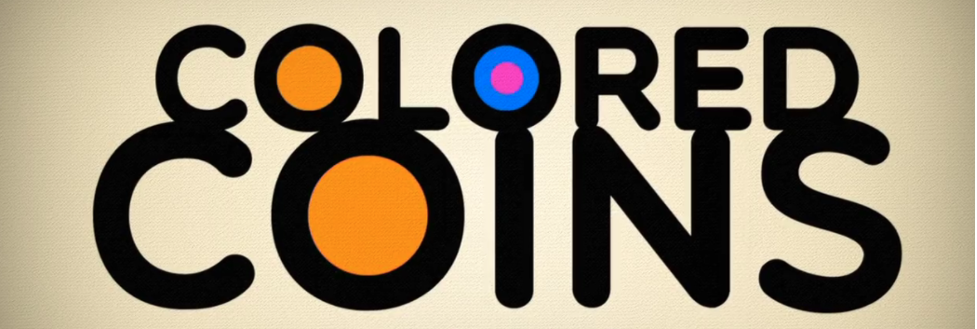
Those who were early in the Bitcoin development space may recall the now-defunct Colored Coins project. While it may not have taken off, it was certainly a stepping-stone for future projects with more ambitious goals.
Monetized Graphics
In 2014, further developments took place to advance the concept of NFTs. In a hackathon, Anil Dash and artist Kevin McCoy attempted a way to assert digital verification of art on a blockchain. They coined the term “monetized graphics”. In the same year, Counterparty launched a meme trading platform that allowed users to trade collectible digital assets. While the trading was largely limited to memes, it created more interest in the possibilities around digital collectibles.
CryptoKitties and CryptoPunks
In October 2017, a hackathon birthed the alpha version of CryptoKitties. Before CryptoKitties, one could imagine a game solely about breeding and selling expensive digital cats becoming a smash-hit. Nevertheless, that’s exactly what happened.
At the 2017 ETHWaterloo Hackathon in Ontario, Canada, the CryptoKitties team came in strong with their unusual idea and marketing strategy. They combined their sense of fun with business savvy, and hackathon participants were gifted with two CryptoKitties each, plus swag. After 36 hours, the curious crowd was able to breed over 1,500 CryptoKitties.
While the idea of breeding or caring for digital pets is not unique (remember the Tamagotchis of the 1990s?) CryptoKitties took things up a notch through blockchain integration and applying the concepts of uniqueness and non-fungibility to express a digital genome. CryptoKitties utilize the ERC-721 token standard to create tokens that represent the digital cats. To breed the cats, the game applies a genetic algorithm to produce offspring with unique visual traits based on the underlying immutable genotypes stored in each cat’s smart contract.
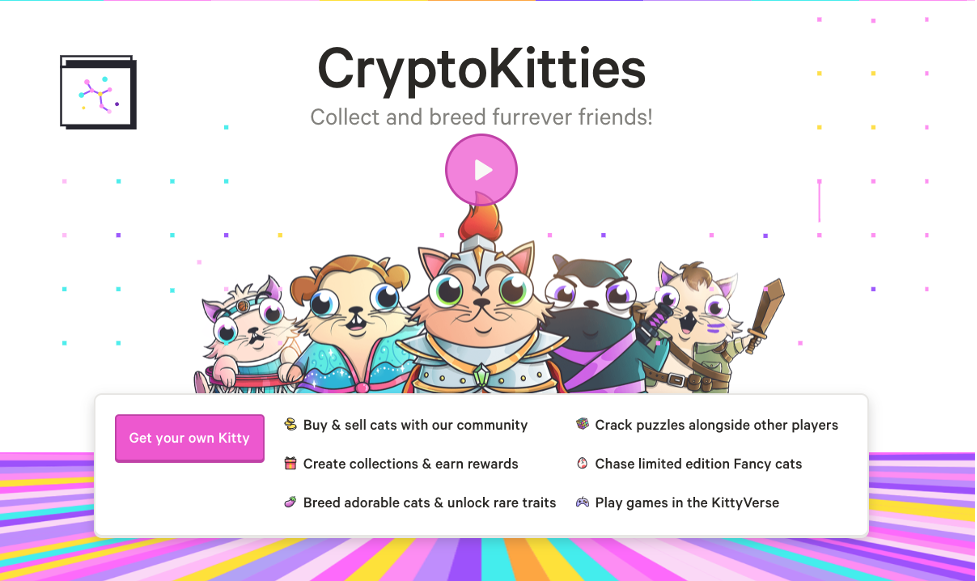
CryptoKitties was the first proof-of-concept for merging creativity with crypto markets. The site today boasts many other features and integrations.
CryptoKitties is not the only project stemming from 2017, however. Earlier in that year, Larva Labs came out with CryptoPunks. These punks were both an artistic and technological statement, drawing inspiration from a wide range of sources. This blockchain project marked an important cultural milestone that bolstered the development of the ERC-721 standard. If you want to build your own NFT game such as CryptoKitties, be sure to check out Moralis! Moralis can supercharge your dApp and NFT development. See the following video for a guide to building your own NFT game!
First NFT Standard – ERC-721
In essence, ERC-721 NFTs belong to the ERC-721 Ethereum token standard. It allows to identify tokens as unique and distinguishable from one another. Some interchangeably refer to ERC-721 tokens simply as non-fungible tokens (NFTs), although there are other subsets of NFTs as well.
The ERC-721 standard, just like other Ethereum token standards, answers certain questions and defines the characteristics of a specific token. The standard defines a long list of attributes. This includes how ownership is decided, how the tokens are created, how the tokens can be moved or transferred. It also decides how the tokens burn in order to eliminate them from circulation. Each NFT is tied to a unique identifier, which means each one is uniquely tied to its owner. By contrast, other standards like ERC-20 lack these unique identifiers. As such, developers are unable to create many tokens using a single smart contract with them. With ERC-721, each token within the smart contract holds a different value and is not interchangeable with others.
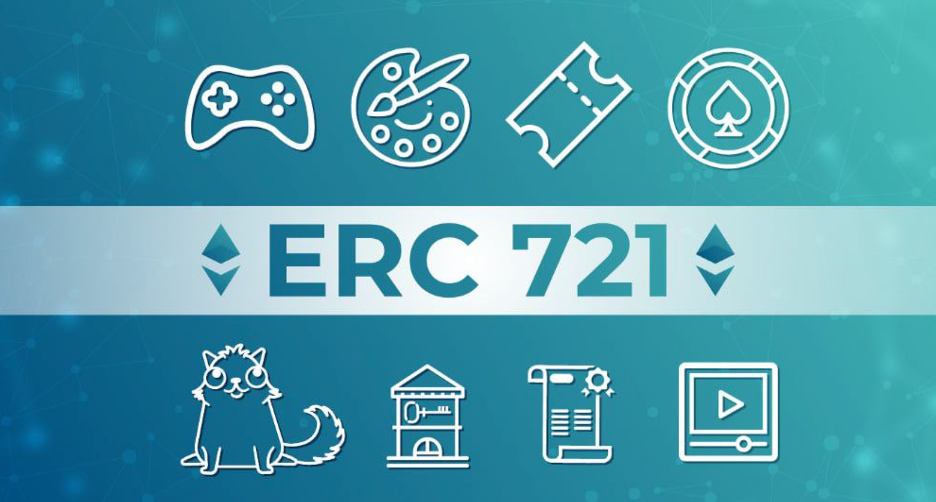
All of the ERC-721 tokens’ characteristics are defined or set in the smart contract before a token can be minted. What’s more, you can easily use or integrate ERC-721 token with other Ethereum infrastructure. When you plug ERC-721 tokens or NFTs into an ecosystem, they become liquid and tradable. Seeing as they’re on the blockchain, you can buy or own them from anywhere in the world, regardless or physical limitations.
Other ERC Standards for NFTs
After learning about NFTs, you will encounter other ERC standards that do similar – but not the same – things in various types of platforms and spanning other types of applications. One example is ERC-1155 that allows both fungible and non-fungible tokens in the same smart contract.
ERC-1155
Blockchain games frequently use ERC-1155. This is mainly because the standard allows developers to include more than one item in a single smart contract. With this standard, you can let users hold both game collectibles (clothing, weapons) and coins in the same wallet. Moreover, it simplifies the creation of NFT games. Additionally, it makes a lot of sense, considering that players typically need both coins and items for the full gaming experience.
Other ERC standards have been created for different uses like building trading card games, physical property, and developing crypto-composables (where an NFT has other NFTs attached to it). ERC-998 was proposed for CNFTs or crypto-composables. When you sell your NFT in a game, for example, you not only sell it but also all the tokens attached to it. You can sell an entire composable avatar with all the weapons and coins associated with it. In terms of the gaming space, that presents an extremely exciting prospect!
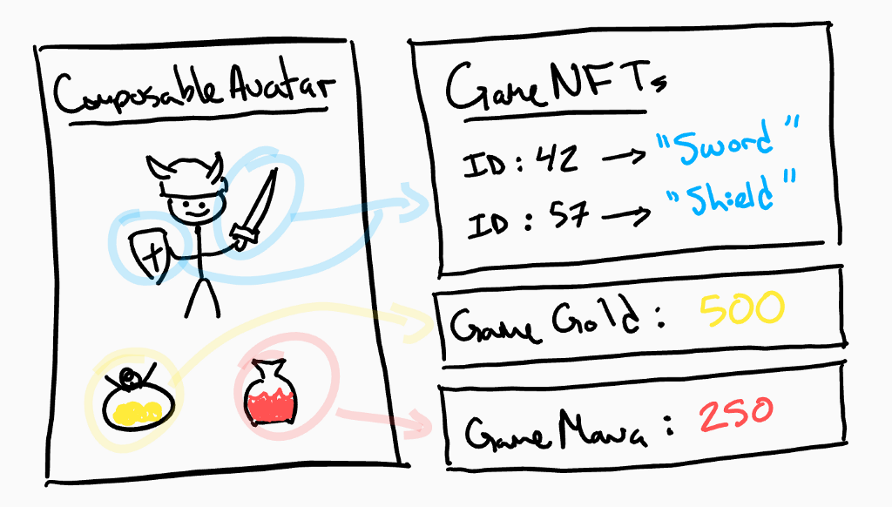
The Github proposal for ERC-998 explains that it is a means of transferring the entire hierarchy of items within a token composition. Selling an ERC-998 token means selling all the possessions associated with that token.
Building your NFT Platform
Multi-million-dollar art and game development careers have been made possible by NFTs. Many entrepreneurs have also ventured into creating their own NFT marketplaces and experimenting with different blockchains to support their NFT ecosystems outside of Ethereum. NFT projects today are powered by a diversity of blockchains like Ethereum, Binance Chain, Polygon, Matic, Polkadot, Tezos, Hyperledger, Cardano, Elrond, and others.
You’ll need to choose what kind of platform you want to create, whether it’s a marketplace or a game, or something else. You can find many examples of NFT applications for inspiration. Decentraland, for example, is a growing virtual platform where users can buy “land” in the metaverse. Each piece of land is a tokenized form of virtual property. We’ll get more into this, but if you want to create a new NFT platform, look no further than Moralis. This will save you both time, resources, and money.
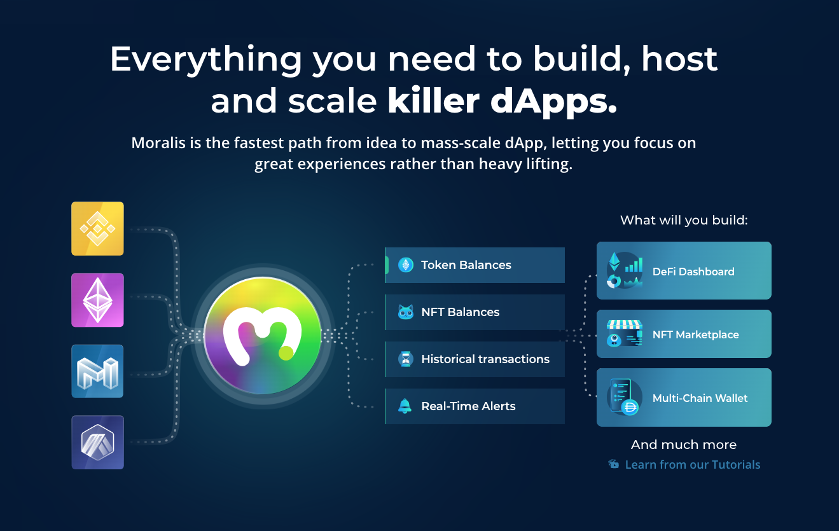
The likes of OpenSea, Rarible, Nifty Gateway, and SuperFarm (which features Moralis integration) demonstrate how popular NFT marketplaces can be. In fact, NFTs can now even cross games now. CryptoKitties, for example, has support in certain other Ethereum-based games. Cross-compatibility is being built among different blockchain ecosystems so your NFTs can “live” in different universes. With NFTs, you can gamify almost anything and let your imagination run free. What’s more, if you sign up to Moralis today, you can build your own NFT marketplace in no time!
Moralis NFT API
The NFT API is one of the latest and most exciting additions to Moralis. We are known for our ability to supercharge your Web3 development by reducing your time to market with all our amazing features. Our powerful indexed API gives you maximum flexibility and creativity. You can start an entire NFT universe with just a single line of code. With Moralis NFT API, you don’t need to do the heavy lifting anymore when you build your NFT dApps!
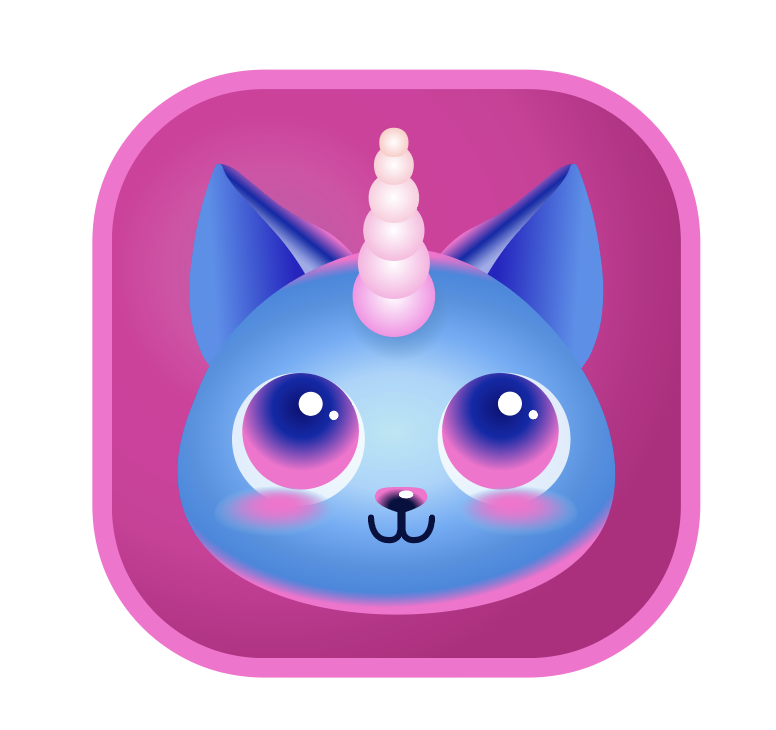
What does the Moralis NFT API do?
When building your dream application or game, you want to simplify things as much as possible. As such, make sure to leave the heavy lifting to a reliable middleware service like Moralis. Using the Moralis NFT API, you can fetch the data on NFT ownership, fetch NFT metadata, or get all the NFTs in an entire collection. There is no need to spin up your server infrastructure from scratch. With Moralis’ powerful indexed API, you can get all the historical transfers of an NFT in an instant. This saves you a lot of time and does not even require you to have deep knowledge of the Ethereum Virtual Machine or EVM to start. You can leave the backend to us while focusing on your amazing design and optimizing your user experience.
Our NFT API offers ERC-721 and ERC-1155 support. These are the most widely-used and popular standards when it comes to collectibles and gaming. With Moralis, you get maximum convenience when building your new NFT app ideas. Combined with our other services and features, creating NFT games and apps has never been more fun!
